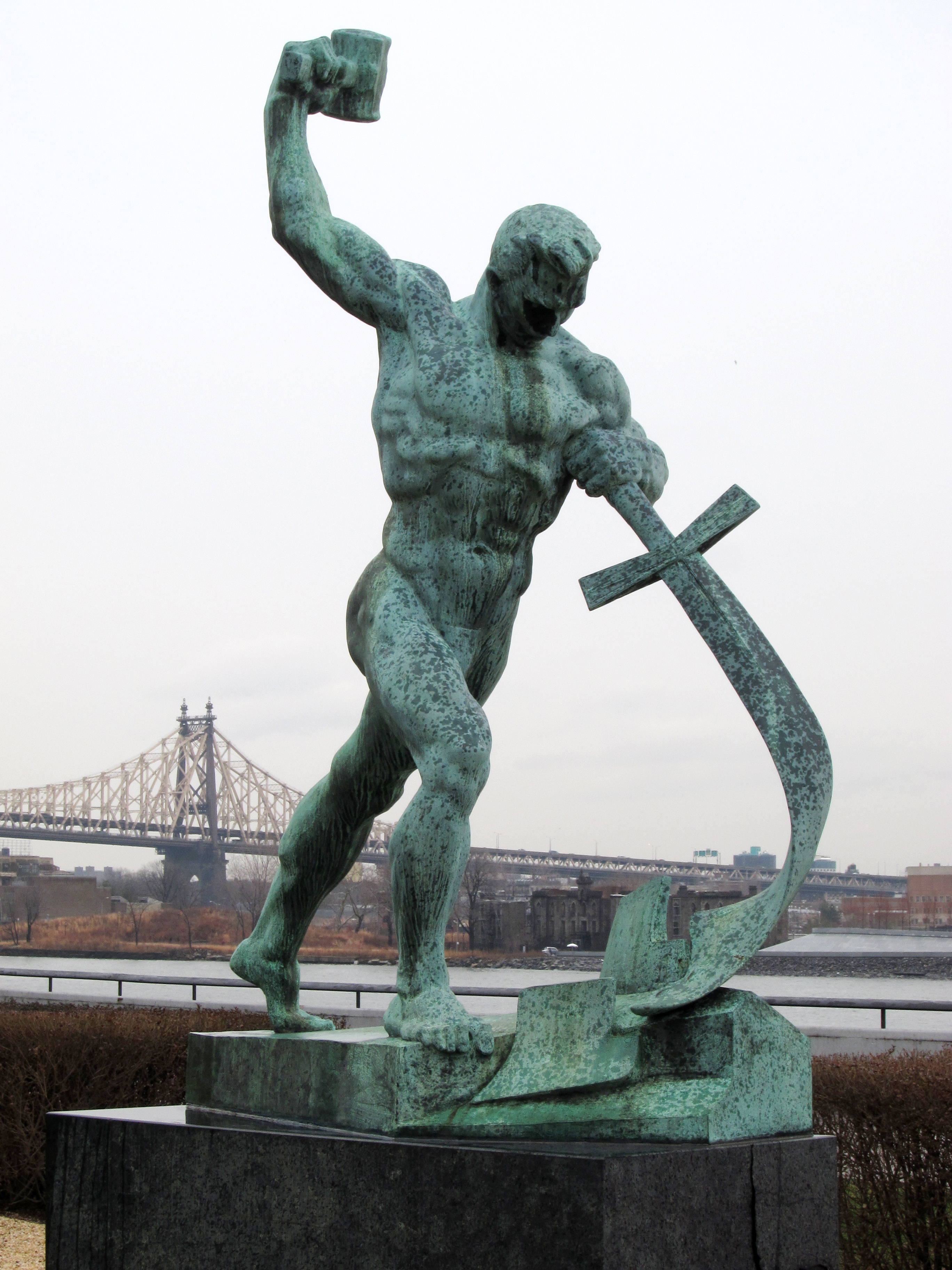|
United Nations Security Council Resolution 1327
United Nations Security Council resolution 1327, adopted unanimously on 13 November 2000, after recalling Resolution 1318 (2000) adopted at the Millennium Summit and receiving the Report of the Panel on United Nations Peacekeeping (Brahimi Report), the Council adopted a resolution concerning the improvement of its peacekeeping operations. The Security Council reaffirmed its determination to strengthen United Nations peacekeeping operations. Deciding to review its provisions periodically, the Council adopted the decisions contained in within the annex of the resolution. Brahimi report goals The Secretary-General Kofi Annan highlighted five key areas in implementing the Brahimi report: # Enhancing rapid deployment of peacekeeping operations; # Strengthening the relationship with Member States and legislative bodies; # Reforming the management culture of peacekeeping operations; # Reforming the peacekeeping operations relationship with field missions; # Strengthening relationships ... [...More Info...] [...Related Items...] OR: [Wikipedia] [Google] [Baidu] |
United Nations Security Council Resolution 1318
United Nations Security Council resolution 1318, adopted unanimously on 7 September 2000, after holding a meeting of world leaders on occasion of the Millennium Summit, the Council endorsed the United Nations Millennium Declaration on ensuring an effective role for the Security Council in the maintenance of international peace and security, particularly in Africa. Resolution The Security Council adopted the following declaration, divided into eight chapters. I The Security Council committed itself to the principles of the United Nations Charter; the equality, sovereignty, territorial integrity and independence of all nations; respect for human rights; and confirmed the non-use or threat of force in international relations. II The Council pledged to be involved in all stages of conflict, from prevention to post-conflict peacekeeping. All regions would have equal priority, but special attention would be given to Africa. III It strongly encouraged strategies to determine the root ... [...More Info...] [...Related Items...] OR: [Wikipedia] [Google] [Baidu] |
United Nations Security Council Resolution 1325
United Nations Security Council Resolution 1325 (S/RES/1325), on women, peace, and security, was adopted unanimously by the UN Security Council on 31 October 2000, after recalling resolutions 1261 (1999), 1265 (1999), 1296 (2000), and 1314 (2000). The resolution acknowledged the disproportionate and unique impact of armed conflict on women and girls. It calls for the adoption of a gender perspective to consider the special needs of women and girls during conflict, repatriation and resettlement, rehabilitation, reintegration, and post-conflict reconstruction. Resolution 1325 was the first formal and legal document from the Security Council that required parties in a conflict to prevent violations of women's rights, to support women's participation in peace negotiations and in post-conflict reconstruction, and to protect women and girls from wartime sexual violence. It was also the first United Nations Security Council resolution to specifically mention the impact of conflic ... [...More Info...] [...Related Items...] OR: [Wikipedia] [Google] [Baidu] |
United Nations Peacekeeping
Peacekeeping by the United Nations is a role held by the Department of Peace Operations as an "instrument developed by the organization as a way to help countries torn by conflict to create the conditions for lasting peace". It is distinguished from peacebuilding, peacemaking, and peace enforcement although the United Nations does acknowledge that all activities are "mutually reinforcing" and that overlap between them is frequent in practice. Peacekeepers monitor and observe peace processes in post-conflict areas and assist ex-combatants in implementing the peace agreements they may have signed. Such assistance comes in many forms, including confidence-building measures, power-sharing arrangements, electoral support, strengthening the rule of law, and economic and social development. Accordingly, UN peacekeepers (often referred to as Blue Berets or Blue Helmets because of their light blue berets or helmets) can include soldiers, police officers, and civilian personnel. The Un ... [...More Info...] [...Related Items...] OR: [Wikipedia] [Google] [Baidu] |
United Nations Security Council Resolution 1353
United Nations Security Council resolution 1353, adopted unanimously on 13 June 2001, after recalling resolutions 1318 (2000) and 1327 (2000), the Council agreed on proposals to strengthen the relationship of the United Nations with troop-contributing countries and the Secretariat in peacekeeping operations. Resolution Observations On 16 January 2001 there was a debate on strengthening co-operation with troop-contributing countries in peacekeeping missions. Reaffirming its commitment to the provisions of the United Nations Charter, particularly with regards to maintaining international peace and security, the Council stressed the importance of ensuring the safety and security of United Nations peacekeepers and improve the relationship with troop-contributing countries. Acts The Security Council agreed to adopt the provisions contained in the annexes of the resolution. It requested the Working Group on Peacekeeping Operations to continue its work to improve the effectiveness of Un ... [...More Info...] [...Related Items...] OR: [Wikipedia] [Google] [Baidu] |
List Of United Nations Peacekeeping Missions
This is a list of United Nations peacekeeping missions since the United Nations was founded in 1945, organized by region, with the dates of deployment, the name of the related conflict, and the name of the UN operation. Peacekeeping, as defined by the United Nations, is a way to help countries torn by conflict create conditions for sustainable peace. UN peacekeepers—soldiers and military officers, police officers and civilian personnel from many countries—monitor and observe peace processes that emerge in post-conflict situations and assist ex-combatants in implementing the peace agreements they have signed. Such assistance comes in many forms, including confidence-building measures, power-sharing arrangements, electoral support, strengthening the rule of law, and economic and social development. The Charter of the United Nations gives the United Nations Security Council, Security Council the power and responsibility to take collective action to maintain international peace ... [...More Info...] [...Related Items...] OR: [Wikipedia] [Google] [Baidu] |
List Of United Nations Security Council Resolutions 1301 To 1400
This is a list of United Nations Security Council Resolutions 1301 to 1400 adopted between 31 May 2000 and 28 March 2002. See also * Lists of United Nations Security Council resolutions * List of United Nations Security Council Resolutions 1201 to 1300 * List of United Nations Security Council Resolutions 1401 to 1500 This is a list of United Nations Security Council Resolutions 1401 to 1500 adopted between 28 March 2002 and 14 August 2003. See also * Lists of United Nations Security Council resolutions * List of United Nations Security Council Resoluti ... {{United Nations *1301 ... [...More Info...] [...Related Items...] OR: [Wikipedia] [Google] [Baidu] |
Demobilization
Demobilization or demobilisation (see spelling differences) is the process of standing down a nation's armed forces from combat-ready status. This may be as a result of victory in war, or because a crisis has been peacefully resolved and military force will not be necessary. The opposite of demobilization is mobilization. Forceful demobilization of a defeated enemy is called demilitarization. The United Nations defined demobilization as "a multifaceted process that officially certifies an individual's change of status from being a member of a military grouping of some kind to being a civilian". Persons undergoing demobilization are removed from the command and control of their armed force and group and the transformation from a military mindset to that of a civilian begins. Although combatants become civilians when they acquire their official discharge documents the mental connection and formal ties to their military command structure still exist. To prevent soldiers from rejoini ... [...More Info...] [...Related Items...] OR: [Wikipedia] [Google] [Baidu] |
Disarmament
Disarmament is the act of reducing, limiting, or abolishing weapons. Disarmament generally refers to a country's military or specific type of weaponry. Disarmament is often taken to mean total elimination of weapons of mass destruction, such as nuclear arms. General and Complete Disarmament was defined by the United Nations General Assembly as the elimination of all WMD, coupled with the “balanced reduction of armed forces and conventional armaments, based on the principle of undiminished security of the parties with a view to promoting or enhancing stability at a lower military level, taking into account the need of all States to protect their security.”UN General AssemblyFinal Document of the First Special Session on Disarmament, para. 22. History At the Hague Peace Conferences in 1899 and 1907 government delegations debated about disarmament and the creation of an international court with binding powers. The court was considered necessary because it was understood that nati ... [...More Info...] [...Related Items...] OR: [Wikipedia] [Google] [Baidu] |
United Nations Security Council Resolution 1296
United Nations Security Council resolution 1296, adopted unanimously on 19 April 2000, after recalling Resolution 1265 (1999), the Council discussed steps to enhance the protection of civilians during armed conflict. Resolution Observations The Security Council regretted that the majority of victims of armed conflicts were civilians. There was concern in particular that vulnerable groups such as women, children, refugees and internally displaced persons were targeted. All parties involved were referred to the importance of compliance with the United Nations Charter and international law with regards to international humanitarian, human rights and refugee law. Acts The council strongly condemned deliberate attacks on civilians and emphasised the need to consider ways to best protect civilians. The majority of victims were internally displaced persons and vulnerable groups and therefore were afforded protection under international law. Systematic and widespread violations of i ... [...More Info...] [...Related Items...] OR: [Wikipedia] [Google] [Baidu] |
Millennium Summit
The Millennium Summit was a meeting among many world leaders, lasting three days from 2000, held at the United Nations headquarters in New York City. Its purpose was to discuss the role of the United Nations at the turn of the 21st century. At the meeting, world leaders ratified the United Nations Millennium Declaration. This meeting was the largest gathering of world leaders in history as of 2000. It was followed five years later by the World Summit, which took place from 2005. Goals The General Assembly Resolution that decided upon this summit stated that it attempted to seize "a unique and symbolically compelling moment to articulate and affirm an animating vision for the United Nations". In this summit, 189 member states of the United Nations agreed to help citizens in the world's poorest countries to achieve a better life by 2015. The framework for this progress is outlined in the Millennium Development Goals. Also known as the ''MDGs'', these goals were derived from th ... [...More Info...] [...Related Items...] OR: [Wikipedia] [Google] [Baidu] |

